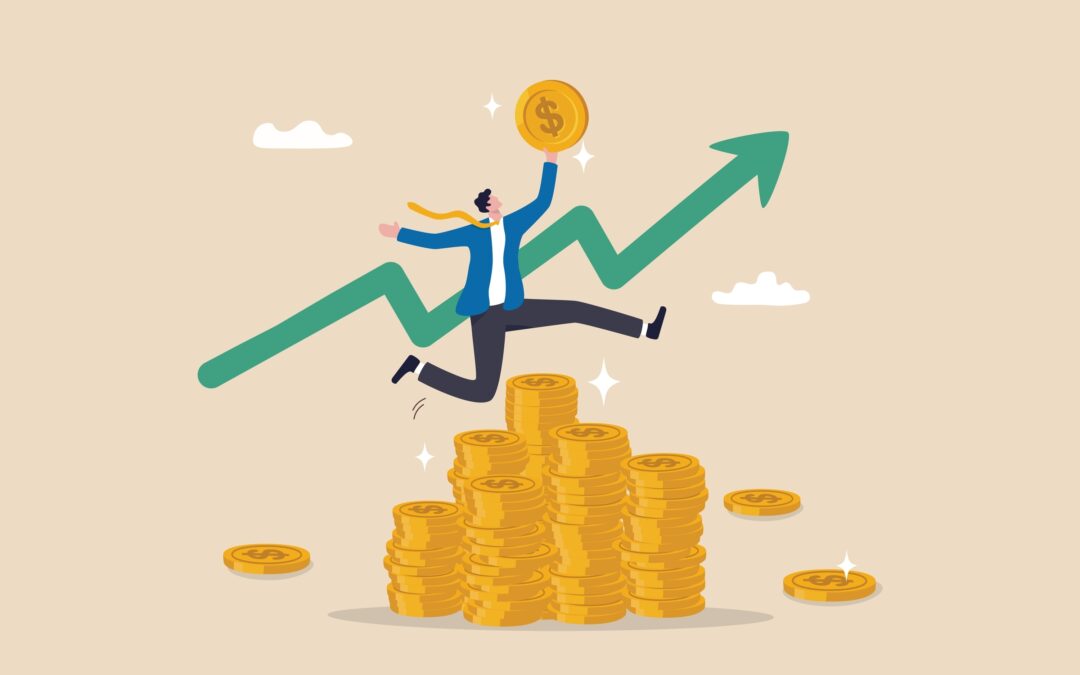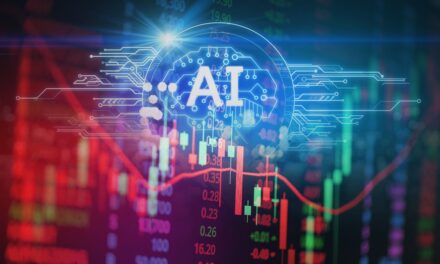I’ve been reading the feedback you’ve sent in, and it’s all great stuff.
(Don’t forget to send your emails, questions and suggestions to Moneyball@MoneyandMarkets.com!)
One of the common themes that’s standing out is a sense of uncertainty — especially with Trump’s administration making some rapid and transformative changes to the way the government does business.
So in today’s video, I’d like to address that uncertainty … and explain why there’s no reason for concern about where the broader economy is headed over the long-term.
Click below to start watching:
Video transcript:
Welcome to Moneyball Economics.
I’m Andrew Zatlin, and lately I’m hearing a lot of chatter that this year might see a recession.
I actually think the exact opposite. I think this year the stars have aligned to shepherd in a golden era for the US economy.
In fact, I put money where my mouth is and bought some leaps recently. Bottom line, I’m looking at the data, I’m looking at the context, and I see nothing but positive tailwinds going forward, and so I want to share that with you today.
You might be surprised to hear that I’m so positive given recent changes to payroll history. That’s right.
Recently they took the 2023 and 2024 data and they revised the payrolls. And guess what? Payroll growth in 2024 was half the level that was originally expected. What we see in fact is something either between a recession or basically a stagnant economy.
We didn’t really hire that many people in 2024.
In fact, it’s kind of gotten a little weaker recently.
So if you looked at that data and you didn’t have context, you’d probably say, well, everything’s bad, and it looks like it’s getting worse. Why wouldn’t I think we’re going to see a recession?
And the answer is because we’ve got to have the context.
Okay, I’m an economic historian.
I look at economics through the prism of how did we get here? What are the winds? What are the waves that drove the ships to these shores? And guess what folks? It’s all pointing up and to the right, it’s all positive.
But to see that you’ve got to go back in time. You’ve got to start actually five years ago when COVID hit.
Remember 2020, we shut down the economy. 2021. We not only shut down the economy, but we started paying people not to work.
The jobless benefits were huge. They were impressive.
When we get to 2021 and the economy starting to limp back, 2022 is well, we’ve got shelter in place. Ending demand is surging, but we have artificially constrained the jobs market, right?
We’ve paid a lot of people to stay on the sidelines, and because of this huge demand, we also have a lot of rotation. A lot of people get hired for a few weeks and go get a better job somewhere else. So there’s a lot of musical chairs.
How do employers respond?
Well, they respond by hiring more people than they need. They overstock, in essence, by hiring more people.
Because of this constant higher attrition, because of people job hopping, they can ensure that they’ve got enough people and also they want to keep a pipeline because again, people are not coming out to work. We’re paying them not to work.
By the time we get to 2023 and 2024, we’ve kind of resolved some of the staffing issues.
In fact, we realized that we’ve overhired in the IT space, so they start laying off people. Suffice it to say 2024 was a year of reaching an equilibrium. The supply of labor has returned at the same time.
The jobs market has cooled down a little bit, so we’ve reached an equilibrium, but it’s a positive thing.
The way to look at it in the back of your mind is think about Thanksgiving. Okay? At Thanksgiving, the Turkey, the stuffing, the potatoes, the green beans, we are gorged.
So by the time grandma comes out with her apple pie, you got no room left. That’s what happened. 2022 employers are gorged 23 and 24. Yeah, there’s desserts out there, but there’s just no room. By pulling in all those workers, we’ve prevented more hiring in 2023 and 2024.
Now let’s talk what’s going on in 2025?
Because this market has reached an equilibrium point, we can now look at the economy and say, we are going to see growth in this economy, and that’s going to create even more jobs. Now, why are we going to see growth for the exact same reason that Covid led to this pulling in and a pause and now a resumption of commercial activity. That’s what we’ve been seeing.
Last year, we had the election anxiety that held a lot of companies back. We had 2024 and equilibrium point that held a lot of companies back. We also had interest rates entering the picture. When are they going to happen? Let’s hold off and wait and see.
All these forces came together to reinforce a pause, and all of them have gone away. Interest rates have been cut the election’s over, and so as we get to a resumption of commercial activity, this was going to happen anyway.
But now we bring in the Trump bump, the Trump factor.
He’s doing everything he can to goose up this economy.
So we have a natural alignment of stars, and then we’ve got the Trump factor that’s probably going to increase it. So yes, payrolls came down. Payrolls have been trimmed, and going forward, they’re going to go up. And guess who’s going to get the bragging rights? Donald Trump.
That’s right. He’s going to do the victory lap that says, under Sleepy Joe’s watch, payrolls came down. The economy actually wasn’t that good under my watch. Check out what’s happened.
Bottom line, as far as you and I are concerned, we don’t care who gets the credit. What we care about is how this stock market’s going to respond to a gathering wind that drives the economic ships forward. It’s going to be massive.
We are in it to win it.
Zatlin out.

Editor, Superforecast Trader & Moneyball Economics





